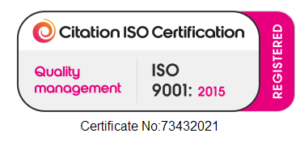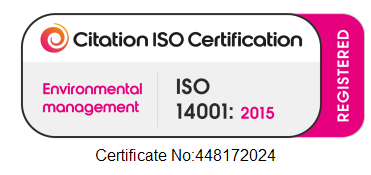Through social media, small businesses can expose their brand, products and services to potentially millions of customers with a relatively small budget. Whether and how it yields sales for your business turns on the type of messages and how you deliver them. Below are some ways to use social media as a billboard and delivery tool.
Demonstrate and Educate
Videos make great platforms to demonstrate your products or services. If you own a hardware or home improvement store, show social media users how to replace door knobs, change bathroom fixtures, and organize garages, laundry rooms and closets. You might refer to products on your shelves that can accomplish repairs and other tasks. If you’re selling crafts or decorations, post an online display of rooms with Christmas trees, lights and other decorations. You can also create these video tours at other seasons.
Printed content on your social media page, or a link to your blog or a website with articles, can help you market your small business. Choose material that relates to your line of business or profession. If you own an automotive parts store, explain how auto owners can prepare for seasons. For instance, suggest checking anti-freeze levels and heating systems and changing windshield wipers. In your post or blog, perhaps include a small photograph or image of anti-freeze or wipers available. If you practice law, highlight the benefits of having a will or the impact of speeding tickets on users’ automobile insurance.
Start Conversations
Make interaction with actual and potential customers an integral part of customer retention and brand exposure on social media. Your business may invite customers to review your product or service. Respond politely, gracefully and promptly to negative comments and thank them for kind words about the product, service or your business.
For example, restaurant owners may apply this approach with their diners by turning the social media page into a “comment card.” Diners can rate the overall experience, quality of the service and, of course, impressions of the meal. Should a patron express dissatisfaction, allow that person to explain the reasons. Your response should include an expression of regret, a suggestion of a dish to be tried on their next visit and a commitment to perform better. Such tactful and courteous replies may soften the criticism. Employ your staff to respond in order to create an atmosphere of authenticity and transparency.
Pinterest users post, or pin, images to their “boards,” which house a collection of those images. Users who search Pinterest may find items of interest and “pin” them to their own boards. Along with the imaged “pinned” is a caption briefly describing the image and a link to the website or other source of the image.
To effectively market with Pinterest, offer visitors to your website an option to “pin” and maintain your own “board” or site with images. Your content should have sufficient quality. Most images on “Pinterest” are vertical. Make available for pinning images that do not originate from your or involve your products or services. Approximately 30 percent of the content is owned by the business.
Unlike other social media platforms, Pinterest content generally lasts longer. If visitors to your Pinterest page or website post an image, that is deemed to be an original pin. Unless the content contains a deadline or some indication of the time, you run the risk that customers will see outdated materials. If you’re planning a sale, other promotion or event, include the relevant dates on your image. You can also use “rich pins,” which automatically update the information associated with the image. Businesses like Nu Skin have found success in using Pinterest as a marketing tool, and you can gain a lot of benefits for your business.
A Narrow Focus Rather Than Wide Net
Target marketing seeks to focus the messaging and advertising of a product or service on a specific audience or demographic. On social media, this strategy assumes special importance as many social media users may tend to ignore unsolicited advertisements.
Social media platforms such as Facebook and Twitter allow you to target your advertisements to a specific demographic, such as age, race, gender or education. Through settings on these platforms, you can also designate who sees your ads and content according to whether the customer has used your application, visited your social media page or website or has listed a social media handle or email with you. Geography and interests constitute other settings for targeted advertisements.
Enlist Ambassadors
Encourage social media users to deliver exposure and your message. Customers can “check in” on Facebook to your restaurant, shop, store or center. Photos that your customers share with their friends or followers on Instagram, Facebook or Twitter can feature a party enjoying a meal or children at birthday parties your establishment may host. Incentivize the sharing with contests and giveaways.
For successful social media marketing, concentrate on building connections with your current and potential customers. To that end, your content should educate and entertain as much as, if not more than, just push products. Videos and photographs generated by you and your customers can tell the story of your business.
Source: Business Achievers










